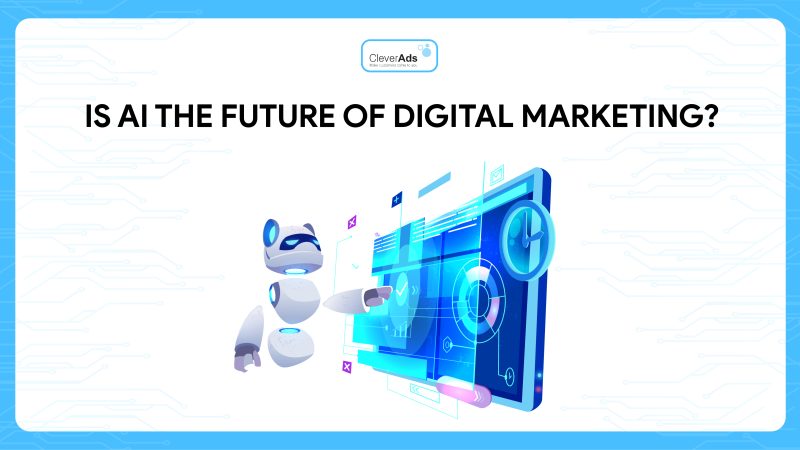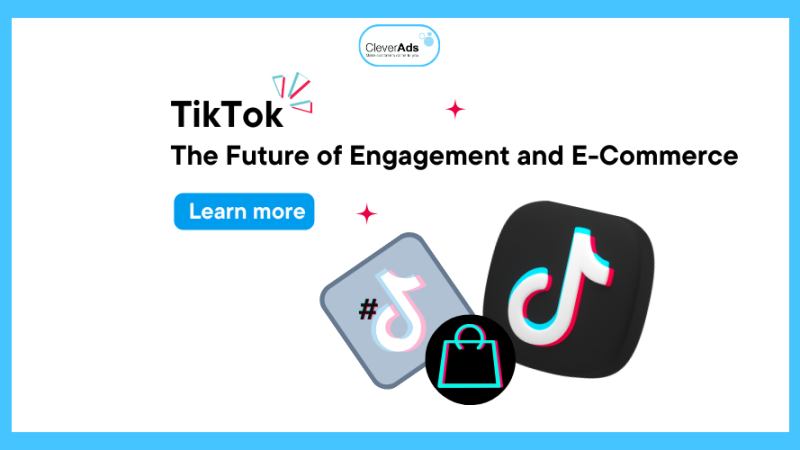Customer-centric: How to create the perfect strategy

Today, companies in every industry face a battle for customer loyalty. This is no longer just about price, promotion and quality; Experience also plays an important role. This is why organizations have implemented a method called Customer-centric. Building a quality Customer-centric strategy will help businesses get one step closer to their customers.
1. What is Customer-centric?
Customer-centric is a business strategy based on putting your customers first, at the core of your business, to deliver positive experiences and build lasting relationships.
Customer-centric requires more than just saying that the Customer comes first. It’s about the business has to understand the Customer; you can anticipate their communication wants, needs, and preferences, create meaningful experiences, and build lasting relationships with them.

2. Why Customer-centric is essential for businesses
When you combine the Customer at the heart of your business with Customer Relationship Management (CRM), you’ll capture loads of data, giving you a full 360-degree view of customers. This data can then be used to enhance your customer experience.
For example:
You can use customer data to understand purchasing behavior, interests, and engagement
You can identify opportunities to create products, services and promotions for your best customers
You can use customer lifetime value to segment customers based on who spends the most
Research by Deloitte and Touche shows that customer-centric companies are 60% more profitable than non-customer-focused companies, and 64% of companies with customer-focused CEOs are good. Higher profits than competitors.

3. 3 ways to measure the success of Customer-centric adoption
Not every organization will have the same customer success metrics to measure Customer-centric. However, the three most important Customer-centric metrics that must be carefully tracked are customer churn, Net Promoter Score, and customer lifetime value (CLV).
3.1. Customer churn rate
Expanding to new customers is becoming more difficult. As a result, many companies invest in retaining existing customers instead of trying to find new ones. Here’s why:
It can cost up to 5 times more to acquire a new customer than to keep an existing customer.
A 2% increase in customer retention has the same effect on profits as a 10% cost reduction.
On average, companies take approx. 10% of its customer base per year (also known as leaving customers)
For example, customers are more likely to leave a brand if:
Knowledgeable customer support or a super agent can address customer needs by listening clearly, addressing the issue, and then resolving it promptly.
Companies lack automated self-service channels like knowledge bases to solve their problems.
Customers are not rewarded for their loyalty, while new customers receive benefits and bonuses for joining.
3.2. Net Promoter Score
Are your customers satisfied? How do you measure customer satisfaction?
The answer is through NPS.
NPS, or Net Promoter Score, focuses on uncovering customer loyalty by asking just one simple question:
Each time a customer answers this question, the answer will be segmented based on predefined criteria:
- Marketers (9-10): These people love your product or service and will likely refer you to potential buyers. Customers who rate you 9 or 10 are repeat customers and will have a high customer lifetime value.
- Passive (7-8): People who rate you 7 or 8 are happy to be your business’s customers but are more likely to switch to a competitor if they find a new or good product.
- Non-supporters (0-6): These people are unhappy with your product or service and are likely to damage your brand reputation by sharing their negative experience with friends, their families and relationships.
3.3. Customer Lifetime Value (CLV)
If you’re investing in long-term relationships, you can calculate that by customer lifetime value or CLV.
Three ways to measure the success of Customer-centric adoption Customer Lifetime Value (CLV)
CLV measures how much revenue a customer contributes to your business if they are a paying customer. It starts with their first purchase and ends when they stop doing business with you.
To calculate CLV, add up the total revenue you’ve earned and multiply that by the length of the business relationship. Then deduct the initial cost to get them.
Example: If a customer spends $1,000 annually and the average customer “lifetime” is ten years, then you multiply $1,000 by ten years ($10,000). Now, subtract the acquisition cost (in this case, we’ll estimate $1,000), and the CLV is $9,000.
Calculating your CLV helps you understand why you should invest in customer retention.

4. Good examples of Customer-centric
- Tech giant Microsoft has shifted to put the Customer at the center of its culture. Instead of pleasing shareholders, the brand wants to improve customer satisfaction by creating products that consumers will love.
- Video game brand Electronic Arts (EA) has made several changes to put customer satisfaction above profit. EA has removed online fees added to used games. Plus, it offers a money-back guarantee for PC games (which are often prone to glitches).
- Fast food giant McDonald’s has discovered that its customers are looking for organic foods, antibiotic-free chicken and dairy-free products to artificial hormones. As a result, McDonald’s now puts customer preferences first as part of its business strategy.
CONCLUSION
The above article is the basic definition of Customer-centric and three ways to measure the success of applying this strategy to optimize the business’s success. Hopefully, the above sharing of Cleverads can help you understand Customer-centric better and help companies build close relationships with customers.


